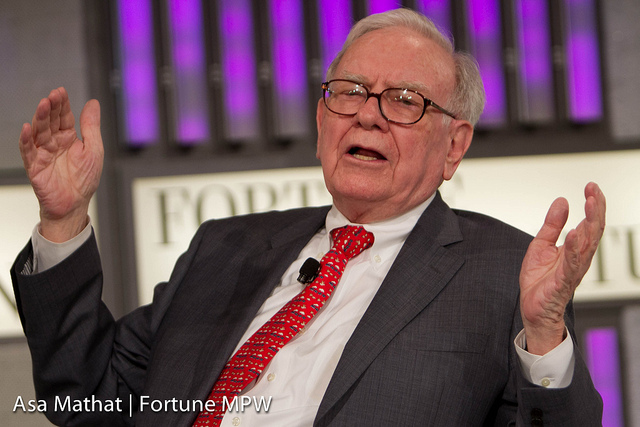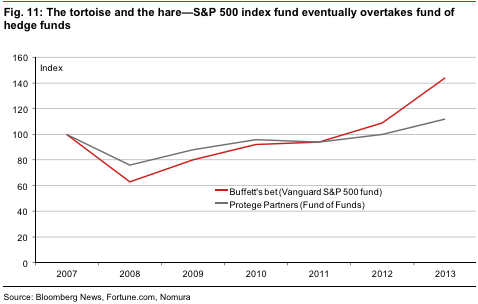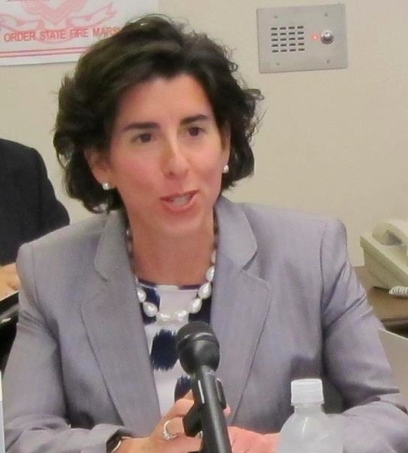California is often on the cutting edge of trends that eventually reverberate throughout the rest of the country. The same is true of CalPERS, the pension fund that was among the first to invest in real estate, hedge funds and private equity.
So when CalPERS announces a dramatic change in investment strategy, other funds drop what they’re doing and listen. Funds are certainly listening lately, as CalPERS is considering a handful of moves that would shift its asset allocation significantly.
Among them: the fund is considering taking all of its money out of commodities. From the Wall Street Journal:
One of the more-dramatic moves under consideration is a complete pullback from tradable indexes tied to energy, food, metals and other commodities, according to people familiar with the discussions. Calpers began making such investments in 2007 as a way of diversifying its portfolio and it currently has $2.4 billion in such derivatives, or less than 1% of total holdings.
[…]
The discussions are taking place between the fund’s interim Chief Investment Officer Ted Eliopoulos and Calpers’s other top investment executives. The Calpers board hasn’t yet been informed about any possible changes and no final decisions have been made, the people said.
The move, however jarring, wouldn’t be out of step with other recent investment decisions by CalPERS. The fund has shown a willingness to exit large investments it considers risky. From Wall Street Daily:
CalPERS’ potential retreat from riskier investments is evidence that it’s trying to simplify its portfolio and guard against losses during the next market downturn.
In a sense, CalPERS is turning to a bit of a “risk off” mode in this time of uncertainty.
Ultimately, with the realization that we’re in the midst of the Fed’s continued tapering, talk of interest rates hikes, and geopolitical unrest from the Middle East to the Ukraine, it may be time to dial down risk and play it safe.
In fact, this move is reflective of last fall, when CalPERS hinted at a shift away from complex investments, warning that the fund “will take risk only where we have a strong belief we will be rewarded for it.” This decision came after it had approved a new set of investment goals that reduced future exposure to equities and private equity, while increasing allocations to bonds and real estate.
A similar move by CalPERS also took place at the end of 2012, when the fund chopped commodities investments by more than half – prompting reports that it was shifting from commodities to inflation-linked bonds.
And in both incidences, the commodities markets experienced corrections.
CalPERS is weighing several other ideas, including whether forgo individual stocks in favor of securities that track broader industries.
CalPERS also made headlines last month when it announced it would cut its hedge fund allocation by 40 percent.
Photo by Terence Wright via Flickr CC License









